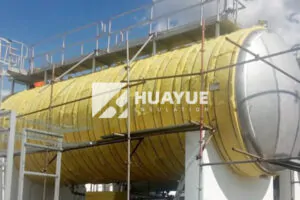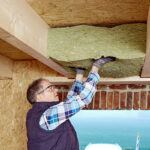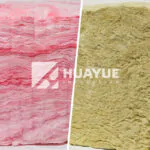Cellulose vs Fiberglass Insulation: Which Should You Choose?
People often ask which is better: cellulose or fiberglass? The answer depends on your building, climate, and goals.
Cellulose is made from recycled paper and offers good soundproofing, while fiberglass is fire-resistant glass wool providing superior moisture resistance and consistent R-value.
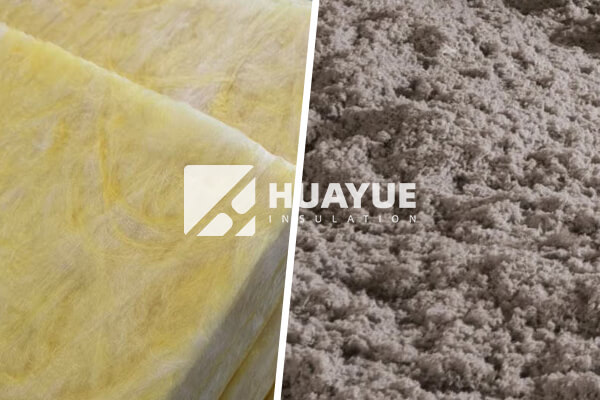
I get this question from both homeowners and facility managers. After working with both materials, I’ve learned their differences often make one a better fit over the other.
What Are the Advantages and Disadvantages of Cellulose Insulation?
Cellulose offers strong soundproofing and moderate fire resistance, but absorbs water easily.
Cellulose insulation is dense and eco-friendly, but it can settle over time and loses effectiveness if it gets wet.
Cellulose starts as recycled newspaper treated with flame retardants. It blocks out sound well and is great for green building projects. Its carbon footprint is low. The downside is that water damages it quickly, causing mold or sagging. It also settles over years, which can create cold spots unless re-applied.
| Feature | Cellulose |
|---|---|
| R-value | Good |
| Moisture | Absorbs, may mold |
| Fire safety | Moderate (treated) |
| Cost | Usually low |
How Does Fiberglass Compare to Cellulose for Fire and Moisture Resistance?
Buildings need insulation to stay safe and dry all year round. Fiberglass stands out here.
Fiberglass wool batts are non-combustible, resist mold, and maintain their R-value even if the environment is humid.
Made from glass, these batts will not burn or mold. They hold their shape for decades, keeping walls and attics dry and safe. This makes fiberglass a more reliable solution for areas with moisture, or for buildings where fire codes demand noncombustible materials.
| Feature | Fiberglass Wool |
|---|---|
| R-value | Consistently high |
| Moisture Absorbed | None |
| Fire Resistance | Excellent |
| Lifespan | Very long |
What About Installation: Is One Easier to Work With Than the Other?
Both materials are made to fit standard cavities, but there are important differences for installers.
Cellulose is usually blown in place, while fiberglass can be rolled, cut, or blown. Fiberglass is cleaner, easier for DIY, and creates less dust.
I have found that fiberglass rolls and batts can fit almost any framing with simple tools. Cellulose requires special blowers and can create more dust. Fiberglass is less messy and is often preferred for projects where existing walls or ceilings stay closed.
| Step | Cellulose | Fiberglass Wool |
|---|---|---|
| Installation | Needs blower | Easy roll or cut |
| Cleanup | Dusty, hard | Easy, little dust |
| DIY | Less friendly | Very friendly |

Which Insulation Is More Affordable and Long-Lasting?
Upfront costs are important, but so is how long the insulation lasts.
Fiberglass may cost a bit more, but it lasts much longer and keeps its performance for decades. Cellulose is cheaper but may need more frequent refreshing.
If your goal is the lowest upfront price, cellulose sometimes wins. However, for durability, low lifetime maintenance, and consistent energy savings, fiberglass is hard to beat. Most facility managers pick fiberglass when reliability matters more than initial budget.
| Material | Upfront Cost | Lifespan |
|---|---|---|
| Cellulose | Lower | 10–20 years |
| Fiberglass | Moderate | 30+ years |
Conclusion
Selecting between cellulose and fiberglass comes down to safety, longevity, and performance—fiberglass provides the best long-term value for most insulation needs.
You may also be interested in:
Ready to Get Started?
Get in touch with our experts for personalized solutions tailored to your needs.
Get Free QuoteLatest Articles
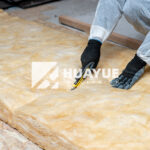
How to Cut Fiberglass Insulation Easily and Safely?
Nov 21, 2025
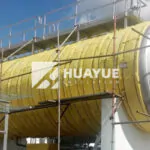
Does fiberglass insulation burn?
Nov 19, 2025
Let's Work Together
Ready to take your business to the next level? Get in touch with our team of experts and let's discuss how we can help you achieve your goals.
Get Free Solutions


